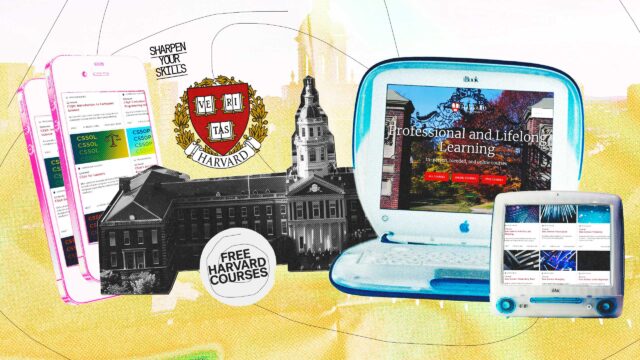A group of Electrical Engineering college students from Camarines Sur Polytechnic Colleges made the Filipino Sign Language interpreting gloves for their thesis project.
Related: This 23-Year Old Photographer Re-Created Classical Art With A Completely Diverse Cast
While there exists a deep respect for the deaf community in the Philippines, one cannot deny the fact that others are mistreated and looked down upon. It is estimated that there are more than 100,000 deaf Filipinos in the country. There are laws in place to protect and support the rights of the deaf. When people think of sign language, most people think of American Sign Language (ASL), but we actually have our own unique sign language, Filipino Sign Language (FSL).
But despite this, there are still barriers and challenges that the deaf community faces. There aren’t enough schools for the deaf in the Philippines. Translators and subtitles for the deaf are also not as common as some people would like. There are some even discriminated in public places and job opportunities.
Leave it up to the ingenious Filipinos to think of innovative ways to help the deaf community. This is what a group of Filipino college students studying Electrical Engineering from the Camarines Sur Polytechnic Colleges did when they created a wearable glove-like device that can translate Filipino Sign Language into English speech in real-time. And the most impressive part is that they did it for their thesis project called “Filipino Sign Language to Voice Converter.”
THE GLOVES
One of the gloves’ inventors shared a video presentation on Facebook, which showed the college students demonstrating how the innovation works. They also explained the technical specs of the gloves and the inspiration and concepts behind it as well.
According to the video presentation, the gloves have thin, elastic sensors located in each of the five fingers. Hand gestures and finger locations are tracked and interpreted by an MPU-6050 motion tracking device. The data is then collected and transferred to a computer over WiFi for processing and real-time translation. “This project gives voice to the deaf and speech-impaired people. With this, the communication barrier could be lessened allowing the deaf and speech-impaired people to express themselves and give them opportunities to grow in their respective careers,” said one of the group members in the video.
The college students didn’t provide further details on their thesis project. There’s also no word on what grade they got or how it was received in school. But we have a feeling it’s going to be a good grade. In any case, we’re hopeful that the students could use their gloves in a real-world setting or they’ll get funding to further refine the project. Also, hopefully, more valuable projects like these can come out for the underserved sectors of society.
Of course, you don’t need to study engineering and build a special device to help people with disabilities. You can help them in your own little way. The first is by showing them respect and being sensitive to their needs. Also, it is high time that jokes made at their expense stop and that they are made to feel welcomed in social settings. You can even learn basic sign language so that you can communicate with them better.
Continue Reading: 12 Underrated Filipino Movies That You Can Stream Right Now





